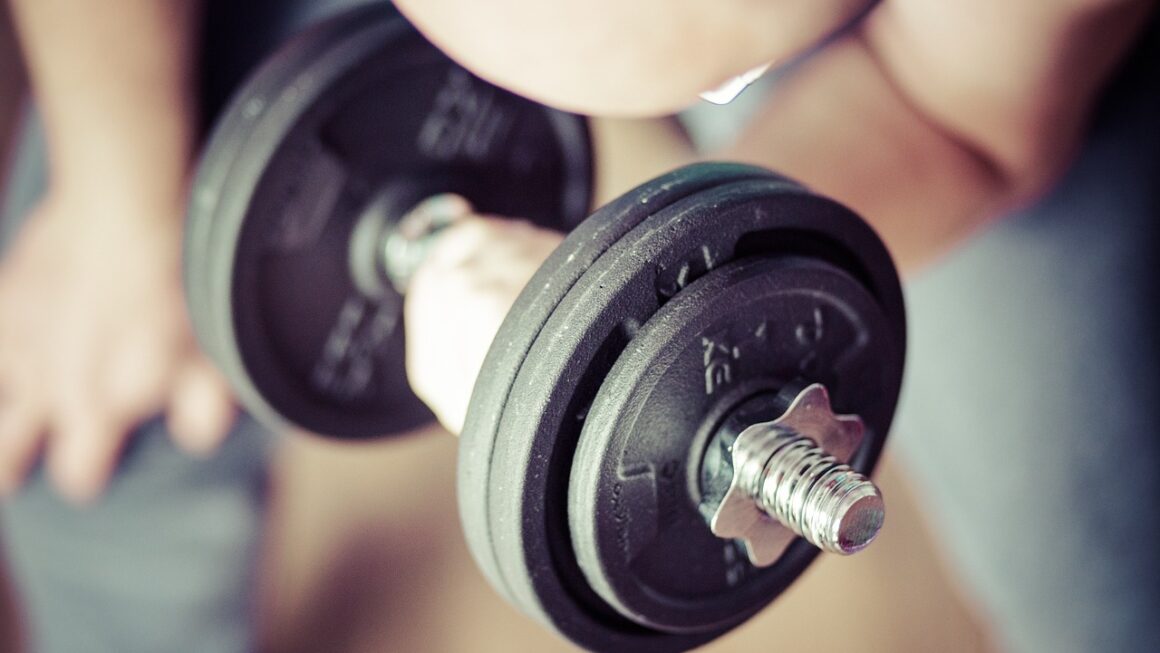In the world of fitness, tracking progress is an essential component of top-notch training and personal development. Whether you’re striving for weight loss, muscle gain, endurance improvement, or just better overall health, understanding your fitness progress can enhance your motivation and help you stay on track. This blog post will delve into the various facets of fitness progress, how to track it effectively, and the insights you can gain along the way to transform your fitness journey.
Understanding Fitness Progress
Fitness progress refers to the measurable improvements you experience in your physical abilities over time. These may encompass a multitude of areas, including strength, endurance, flexibility, and body composition. Recognizing and evaluating your fitness progress helps you set goals and provides motivation to push through the tough times.
The Importance of Tracking Progress
- Accountability: Regularly monitoring progress encourages you to remain committed to your fitness regimen.
- Motivation: Visual evidence of improvements can motivate you to continue pushing forward.
- Goal Setting: Tracking helps establish realistic and achievable fitness goals based on actual progress.
- Identifying Patterns: It allows you to recognize what works best for you and adjust your routines accordingly.
Methods of Tracking Fitness Progress
There are various ways to track your fitness progress—each with its unique advantages and specific metrics to measure.
Body Measurements
- Weight: Monitor changes in your weight as a basic indicator.
- Body Fat Percentage: Use calipers or bioelectrical impedance scales to assess the ratio of fat to lean mass.
- Circumference Measurements: Track specific areas like waist, hips, arms, and thighs.
Example: A weekly chart recording your weight and body measurements can provide a clear picture over time, allowing you to recognize successful trends or plateaus.
Performance Metrics
Focus on specifics such as:
- Repetitions and Weights: Record the number of reps and weight used for strength training exercises.
- Running Times: Note your speed and distance when running or biking.
- Flexibility: Measure how far you can stretch in different movements.
Example: If you can bench press 150 pounds for 8 reps one month and then 180 pounds for 6 reps a month later, that’s clear progress.
Setting Realistic Fitness Goals
Effective goal setting can play a crucial role in your fitness progress. Applying the SMART criteria—Specific, Measurable, Achievable, Relevant, and Time-bound—can significantly enhance how you approach your goals.
Creating Your SMART Goals
- Specific: Clearly define what you want to achieve (e.g., run 5 kilometers).
- Measurable: Ensure you can track your progress (use a running app).
- Achievable: Make sure the goal is realistic based on your current fitness level.
- Relevant: Align your goals with your overall fitness journey.
- Time-bound: Set a deadline (e.g., within three months).
Example: Instead of a vague goal like “get fit,” aim for “lose 10 pounds in the next two months by exercising three times a week and following a nutrition plan.”
Overcoming Plateaus in Fitness Progress
Experiencing a plateau can be frustrating; however, it’s a common part of any fitness journey. Recognizing and addressing the factors contributing to a plateau can lead to renewed progress.
Strategies to Overcome Plateaus
- Change Your Routine: Vary your workouts by changing exercises, rep ranges, or workout duration.
- Rest and Recovery: Ensure you’re allowing adequate time for recovery, as this is when your body repairs and grows.
- Nutrition Adjustment: Analyze your diet for any deficiencies and ensure you’re fueling your body properly.
Utilizing Technology for Progress Tracking
In today’s digital age, technology has become a valuable resource in monitoring your fitness journey. From wearable devices to mobile apps, leveraging these tools can provide insights into your fitness progress.
Popular Fitness Tracking Tools
- Fitness Apps: MyFitnessPal, Strava, or Fitbit can track workouts and nutrition.
- Wearable Devices: Smartwatches and fitness bands can monitor heart rate, calorie burn, and more.
- Online Journals: Logging workouts and meals can keep you accountable and organized.
Example: Using a fitness app to log your daily activities can help spot trends, set reminders, and share achievements with a community for added motivation.
Conclusion
Tracking your fitness progress is a vital aspect of achieving your personal health and fitness goals. By employing various methods, setting SMART goals, overcoming plateaus, and leveraging technology, you can not only stay motivated but also gain a deeper understanding of your body’s capabilities. Remember, every small step counts towards your overall journey. Embrace the ups and downs, learn from your experiences, and continue pushing yourself to reach new heights in your fitness journey.





One thought on “From Sweaty Struggles to Sweeping Success: Celebrating Your Fitness Progress”